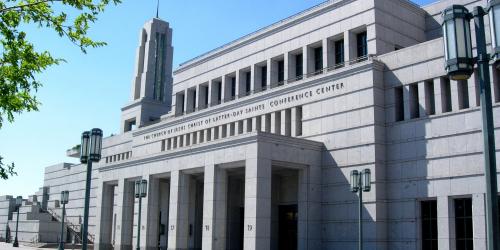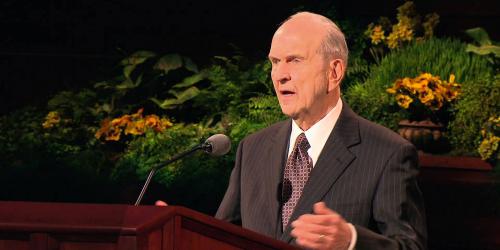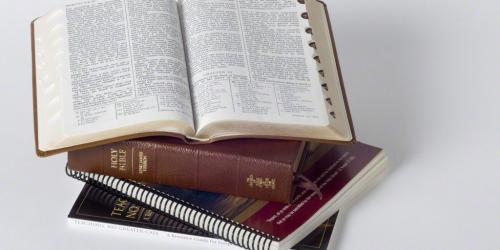You are here
Book of Mormon Central is in the process of migrating to our new Scripture Central website.
We ask for your patience during this transition. Over the coming weeks, all pages of bookofmormoncentral.org will be redirected to their corresponding page on scripturecentral.org, resulting in minimal disruption.

Scripture Block
Introduction
This lesson establishes a foundation for study of the Book of Mormon. The book means so much to members of the LDS Church because it contains truths of Jesus Christ and his ministry that complement the teachings of the Bible.
KnoWhys

What Does It Mean to Be a Martyr?
Ether 12:37,39
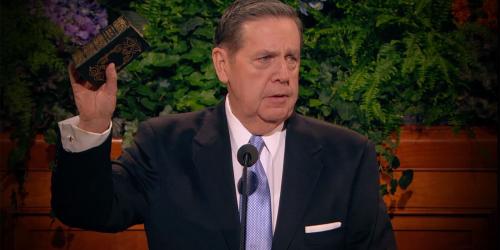
An Apostle's Witness
2 Nephi 33:11

Are There Mistakes in the Book of Mormon?
Book of Mormon Title Page
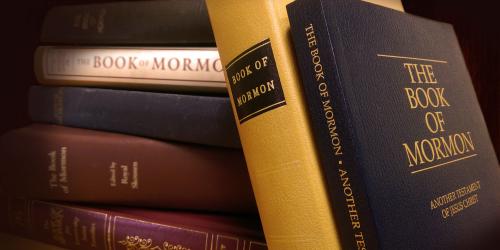
Why is the Book of Mormon a Classic?
Ether 12:25
Featured Charts
Chart 1-2: "The Keystone of Our Religion," from Charting the Book of Mormon
Just as a keystone holds an arch in place, knowing that the Book of Mormon is true holds together the edifice of faith built on the sturdy foundation of apostles, prophets, and the Lord Jesus Christ. In this chart, the archway stones representing the restored priesthood and living prophets are similarly reinforced by the keystone truth, as are the stones representing the reality of Christ’s redemptive mission.
Chart 1-9: "Events Surrounding the Translation of the Book of Mormon, 1827-1828," from Charting the Book of Mormon
A timeline of Joseph Smith receiving the plates and beginning the translation of the Book of Mormon, from September 1827 to December 1828.
Chart 1-10: "Events Surrounding Translation of the Book of Mormon, 1829-1830," from Charting the Book of Mormon
A Timeline of Joseph Smith continuing the translation and having the manuscript printed and published.
Articles
Keystone of Our Religion
The Keystone of Our Religion...And Our Apologetic," unpublished paper by Neal Rappleye.
"The Challenge of the Book of Mormon," by Daniel H. Ludlow, from The Book of Mormon: The Keystone Scripture(link is external)
Some of the special challenges associated with the Book of Mormon which I hope to discuss with you today are as follows:
- To learn everything we can about the Book of Mormon.
- To learn for ourselves, by the power of the Holy Ghost, that Jesus Christ is the divine Son of God.
- To learn the great principles of righteousness contained in the Book of Mormon.
- To live these principles of righteousness.
- To place our emphasis on the "weightier matters" pertaining to the Book of Mormon.
- To teach these things to others.
"How Long Did It Take to Translate the Book of Mormon?" by John W. Welch and Tim Rathbone
The process of translating the Book of Mormon as we know it today began in full earnest with the arrival of Oliver Cowdery in April 1829 and was complete by the end of June 1829.
"The Original Book of Mormon Transcript,"(link is external) by Royal Skousen
There are differences between the Original Manuscript, the Printer's Manuscript, and the first edition of the Book of Mormon. Close Examination shows that Oliver Cowdery was true to his calling as a scribe.
The Book of Mormon is a Witness of Christ
"What the Book of Mormon Tells Us about Jesus Christ,"(link is external) by Robert J. Matthews
The Book of Mormon shows how the Atonement works and witnesses that Jesus is the Savior of all people. It reveals the character of Jesus, His compassion, and His power.
Witnesses of the Book of Mormon
"'The Testimony of Men': William E. McLellin and the Book of Mormon Witnesses," by Mitchell K. Schaefer, BYU Studies, vol. 50, no. 1
William E. McLellin (1806–1883) was an early Mormon Apostle who later left the Church. In his later years he questioned the authority of founder Joseph Smith, but he always said he believed that the Book of Mormon was truly the word of God. In 1871, he wrote a notebook in which he recorded his contacts with men who had filled special roles as Book of Mormon witnesses in 1829.
- ‹ Previous Lesson
- Next Lesson ›

